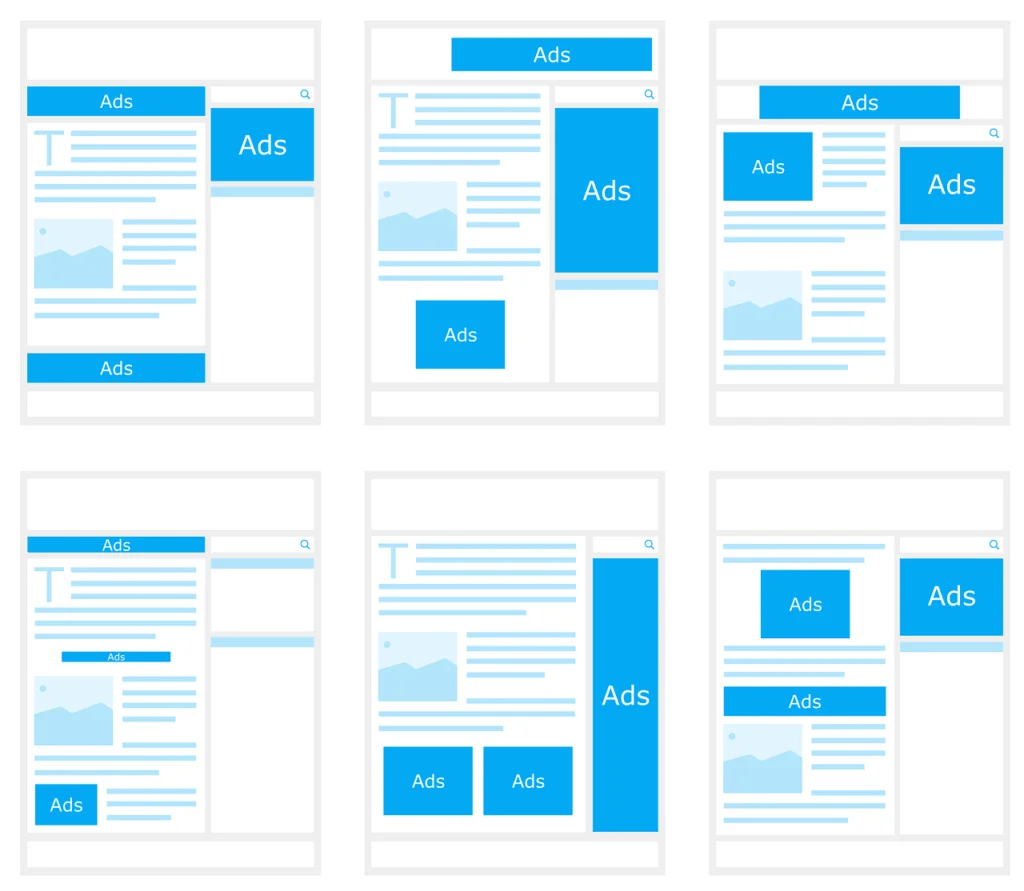You have probably heard these abbreviations before if you have run ads, explored analyses on websites and looked through reports. But what do they really mean? What is CPM and this here?
We have here listed the terms and explained what they stand for and what you should look for to understand reports and analyses related to advertisements and online marketing. We hope you will gain more knowledge about the terms from this article.

What is CPM?
CPM: Cost per thousand
CPM is an abbreviation for cost per mille – i.e. the cost per 1,000 views – or how many times it is viewed. This tells how much it will cost to show an ad a thousand times on a website or social platform when the ad is seen by visitors.
To determine CPM, you divide the spend by the number of impressions. CPM is. Therefore, total crime is divided by the number of impressions times 1,000. For example, $2,000 user divided by 750,000 views times 1000 = $2.66. So you have paid 2.66 dollars per 1000 impressions on average.
Want to calculate your current CPM? Check out Clickz ‘s CPM calculator.
What is CPC?
CPC: Cost per click
CPC stands for Cost Per Click – cost per click in Norwegian – and is the method websites use to calculate how many times an advertiser has received clicks on the relevant advertisement.
CPC is also used extensively to manage hijacking budgets and performance.
So let’s say your ad gets two clicks; one that costs $0.40 and another that costs $0.20. In total, this will be $0.60.
Then you divide $0.60 by two (the number of clicks you have received), leaving you with an average CPC of $0.30.
Want to learn more about CPC? Check out Google’s Ads Help.
What is CPA?
CPA: Cost per acquisition
CPA is also a payment scheme like CPM and CPC but differs in that the advertiser only pays when the user completes the desired action, such as a purchase, a download or signing up for free trials. Therefore, the advertiser only pays when the action is done. CPA stands for Cost Per Acquisition – cost per acquisition in Norwegian. However, this means that the publisher takes all the risk of the campaign, as they are paid based on conversions rather than clicks or impressions. This is often called affiliate advertising and was a widely used model in the mid-2000s.
Is CPA better than CPC?
Rather than focusing on the click, the action after the click becomes important. Although both CPA and CPC play a role in PPC campaigns, the advertiser usually chooses one over the other. If an advertiser has a reasonable click-through rate and the conversions are stable, they should go for CPA (which pays more per click but can lead to more revenue). If, on the other hand, the advertiser does not have a steady stream of conversions, still needs to optimize for a good PPC score, or has a restrictive daily budget, they should go for CPC.
What is CTR?
CTR: Click-through rate
While CPM, CPC and CPA all indicate the cost of advertising online, CTR measures the effectiveness of that advertising. CTR, or click-through rate, is about measuring the success of online advertising by looking at the proportion who actually click on the ad to visit the website it is linked to. We find this percentage by dividing the number of users who clicked on the ad by the number of times the ad was shown.
CTR vs CPA
Among the measurement methods, alternatives other than CTR and CPA are still worth considering. Rather than focusing on the number of clicks to measure success, you can change the focus to how many leads or customers you acquire (conversions). To analyze how your ad budget affects your bottom line, CPA may be a better measure of effectiveness than CTR.
CPC vs CTR
You can think of the inverse relationship between CPC and CTR like this: a successful campaign aims to have a high CTR and a low CPC. Why? To get the most conversions possible while saving money.
Conclusion
To summarize…
CPM or Cost Per Mille measures the cost for every 1,000 ad impressions/exposures. CPM – or Cost Per Mille – therefore measures the daily cost for each thousand ad impressions that have been made.
CPC – or Cost Per Acquisition – is the price you pay each time a conversion is made.
And finally, CTR – Click-Through Rate – measures the effectiveness of the clicks on the ad.
We hope our explanation made you a bit wiser! Do you have tips for other things we should write about in the same genre? Let us know! Also, remember to check our other guides and terms here.

Interested in getting more conversions for your ad dollars? We at Skaar Media offer tailor-made solutions for all companies. Feel free to see more and get in touch on this page.

Thanks for sharing this helpful information. I was searching for a page that has all terms in one page and you did it here. Good work and keep it up.
Thank you for explaining! I bookmarked this as it is often hard to find a easy but good working guide about ctr and cpc (I often explain this to clients of mine)
Thank you for your help! It is very appreciated. I love your format.
Now this is good content. You can tell that alot when into this post. Nice work.
Woah! I’m really loving the template/theme of this blog.
It’s simple, yet effective. A lot of times it’s hard to get that “perfect balance” between user friendliness and visual
appeal. I must say that you’ve done a very good job with
this. In addition, the blog loads super quick for me on Safari.
Exceptional Blog!
Great – I should definitely pronounce, impressed with your website. I had no trouble navigating through all tabs as well as related information ended up being truly simple to do to access. I recently found what I hoped for before you know it at all. Reasonably unusual. Is likely to appreciate it for those who add forums or anything, web site theme . a tones way for your client to communicate. Nice task.